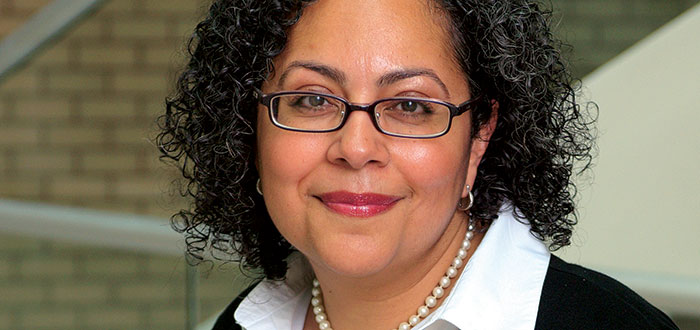Interracial marriage and Latino/a racial identity changing USA demographicsPosted in Arts, Census/Demographics, Latino Studies, Media Archive, United States on 2017-06-27 01:06Z by Steven |
Interracial marriage and Latino/a racial identity changing USA demographics
LatinasInBusiness.us
2017-06-06
Tanya K. Hernández, Guest Contributor and Professor of Law
Fordham University School of Law
A Pew Research Center report states that the largest amount of interracial marriage between opposite sex couples is that between what it terms “Whites and Hispanics.” Pew discovered that since 1967 intermarriage amongst newlyweds has increased fivefold from 3% to 17%.
The Pew Research Center released a report announcing the dramatic increase of intermarriage in the United States. Looking at data since the United States Supreme Court struck down interracial marriage bans with its 1967 Loving v. Virginia decision, Pew discovered that since 1967 intermarriage amongst newlyweds has increased fivefold from 3% to 17%. Examined in isolation the data point that one in six U.S. newlyweds are now married to someone of a different race, appears quite astounding. However the role of Latino/a racial identity is a missing piece of the picture that serves to question the real rate of intermarriage.
The largest driving factor in the apparent increase in U.S. intermarriage rates is the pattern of intermarriage between Latinos/as and White Anglos. Pew reports that the largest amount of intermarriage between opposite sex couples is that between what it terms “Whites and Hispanics.” The White/Hispanic combination represents 42% of intermarriage, while in comparison the White/Asian combination represents only 15%, the White/Black combination 11% , the Hispanic/Black combination 5%, and the Hispanic/Asian combination 3%. Notably, the Pew report neglects to discuss the role of “Hispanic” racial appearance and identity…
Read the entire article here.



